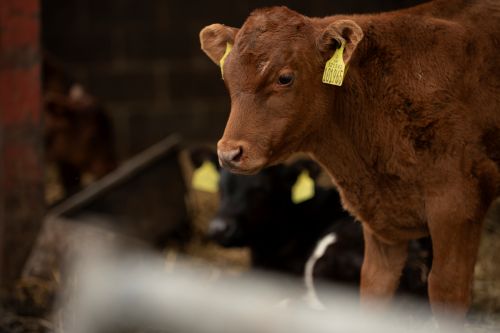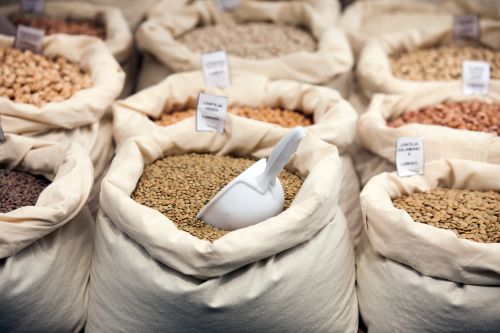646

Rethinking Autonomy in Agriculture: A Smarter Path, Not a Bigger One
Craig Rupp, CEO of Sabanto and a pioneer in autonomous agriculture, recently shared his insights with FutureFarming on the practical realities of autonomy in the field.
Unique Perspectives
As one of the first to operate a fleet of autonomous tractors, Rupp offers a rare perspective on why a standard autonomous tractor may often be more efficient than a purpose-built field robot. He explores the real-world application of autonomous farming and what it means for today’s growers.
For Rupp, the era of giant, singular machines is over. Rather than doubling down on massive equipment, he opted for smaller, smarter machines that make better use of every dollar invested.
The breakthrough wasn’t just about autonomy—it was about rethinking the entire system: using smaller tractors, smaller planters, and running them longer, harder, and more cost-effectively. It wasn’t about doing less. It was about doing more with less.
The Right Fit
Justin (a farmer working with Sabanto) didn’t choose a tractor size at random. He carefully analyzed each option in terms of power and planter size, weighing the trade-offs. If the platform was too small, the cost of autonomy retrofits would outweigh the system’s value. If it was too large, the capital cost would creep back up to the levels he was trying to avoid.
He needed a platform that was big enough to be productive, small enough to stay cost-effective, and still offered some margin for downtime and redundancy.
After crunching the numbers, he found the sweet spot around 120 horsepower, for several good reasons:
- The maximum planter width was about 6 meters—a common, standard size.
- 120 HP tractors were still available in ROPS versions (open station, no cab), saving around $15,000 per unit.
- He could cover his land using just two autonomous systems.
With his existing 18-meter planter running at 10.5 km/h for 12 hours/day, Justin estimated he could match that productivity with two 6-meter planters running at 8 km/h, 24 hours/day.
To put the cost difference into perspective:
- 1 Deere 9RX710 + Bourgault 3725QDA planter vs.
- 2 Deere 5120M tractors + 2 Deere 1590-20 planters
The result? A 77% reduction in capital costs—a savings of $1.78 million. And in Montana, that kind of money buys a lot of land.
The Setup
Justin didn’t need new iron to prove his theory. He recycled existing equipment and turned to the used market for solid planters.
- Tractor: A 2018 Deere 5115M had been sitting in the shed for years, mostly used like a glorified forklift. Sabanto had already supported this model with thousands of autonomous hours logged.
- Planter: He found a 4.5-meter Deere 1590 drill in excellent condition on TractorHouse.com, located in Nebraska.
To maximize seed capacity, he opted for a 136-liter liquid fertilizer system. Seed monitoring was a priority, so he added a Dickey-john Vanguard monitor with Recon seed blockage sensors. For fertilizer monitoring, he installed a Raven RFM 15P flowmeter.
Nothing extravagant. Nothing oversized. Just practical, standard, reliable parts, bolted together with a bit of common sense.
Nicknamed Casper, Justin’s machine launched on April 10 in Big Sandy, Montana. Casper was first deployed on fields under 100 hectares, averaging 3.5 hectares/hour with the 4.5-meter setup at 8 km/h. On headlands alone, they saw outputs of nearly 9 acres/hour—over 40 acres in total.
Final Thoughts
Justin didn’t just swap out one machine for another. He flipped the entire model. Instead of chasing bigger iron, he focused on capital efficiency—maximizing every dollar spent, every acre covered, and every hour worked. **Autonomy wasn’t the product—**it was the tool that made the model possible.
In a world where margins are tighter than ever, and farmers are realizing that tying up capital in depreciating machinery is a burden, Justin has shown what a different—and better—path might look like.
It’s not about going bigger. It’s about going smarter.





